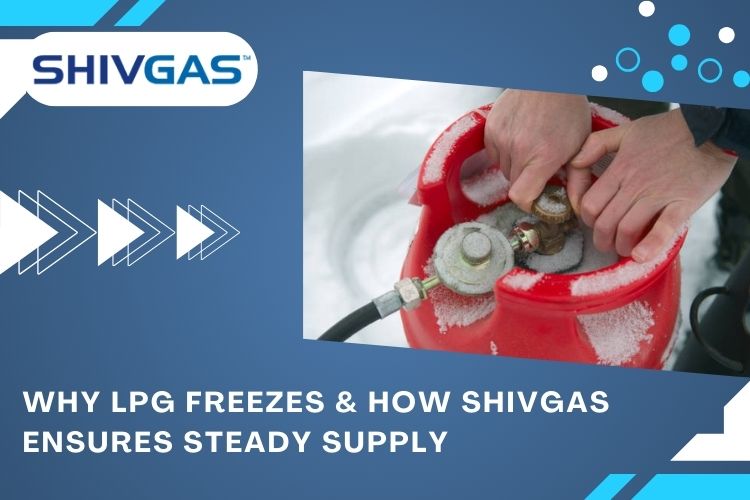
LPG also known as Liquefied Petroleum Gas is a widely used fuel because of its unique properties and versatile applications. LPG contains propane and butane which have different low boiling points and for this reason, it always has a chance to freeze. Propane’s low boiling point is -42 degrees Celsius and butane is -0.5 degree Celsius. LPG is stored under moderate pressure and temperature to maintain the liquid form for effective use and makes it highly portable and easy to transport. There are multiple features present which makes LPG a widely used gas for different purposes like commercial, industrial and housing purposes. A large number of gas agencies also distribute LPG cylinders as their prime distributed product.
There are quite a few features available which make LPG a suitable choice for different purposes like cooking, heating and other industrial uses also. One of the most unique features which help LPG to stand out is its energy density. Energy density means the significant amount of energy it contains in a relatively small volume, and this makes LPG efficient for storage. Another most distinguished feature of LPG is it has low greenhouse gas emissions compared to other fuels or fossil fuels which makes it a more environmentally sound energy option. The unique combination of energy efficiency, portability, safety features and cleanliness makes it one of the most widely preferred choices of fuel.
As LPG contains Propane and Butane where the low boiling point of Butane is -0.5 degrees Celsius there is a chance of LPG freezing or creating ice crystals because of the fraction of temperature or pressure. Distributors like gas agencies, dealers or individuals sometimes face issues regarding this. The few most important components or circumstances for which LPG can be frozen, those are as follows :
Read More: Why Does Liquefied Petroleum Gas Freeze?
SHIVGAS a private company provides LPG cylinders to individuals and many other distributors who successfully run their distributorship chain use LPG and other than that LPG has widespread use in different sectors like commercial, industrial and housing activities. Being a widely used fuel for many purposes it is never expected that the fuel will freeze due to some reason. The matter of LPG getting frozen can create several problems and have a negative impact on optimal use. Some effects are discussed below -
SHIVGAS is a private gas company and is considered the pioneer of the LPG industry with 30 years of experience. We distribute LPG cylinders to gas agencies and other distributor chains. SHIVGAS as a pioneer always ensures the best quality and customer satisfaction and invests their resources for storage and transportation. Our technological advancement works as a prevention of problems like LPG freezing and others. LPG cylinders from SHIVGAS without a cent percent of sacrifice in quality are available for individuals and gas agency supply chains to use and it is used for various purposes including commercial, housing and industrial activities. Choose SHIVGAS for any of your LPG-related needs and enjoy the best service.
Comment (0)